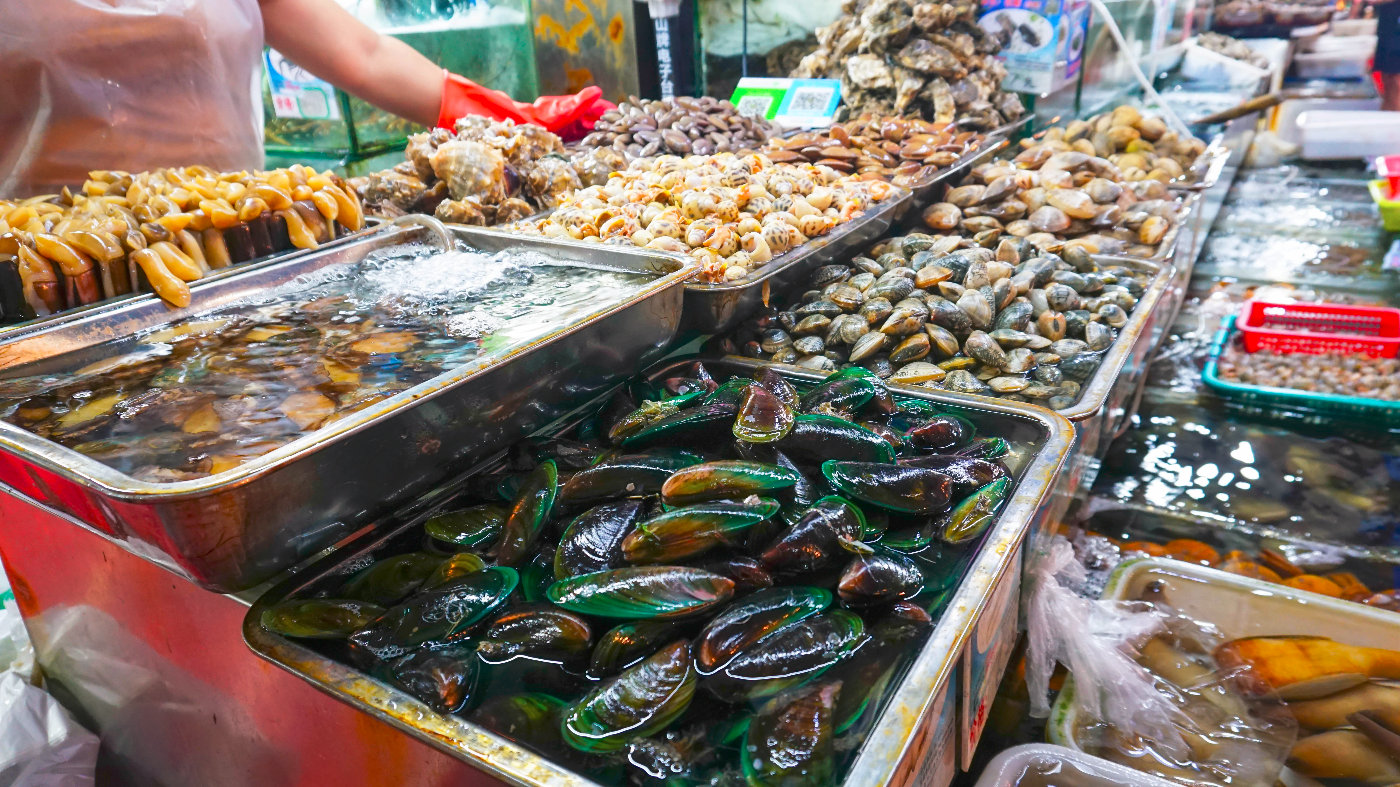Some seafood vendors employ deceptive tactics to increase profits.
Here are four scams buyers should be aware of.
Mixing dead seafood with live ones
This trick is mainly used with shrimp and crabs, as it's easier to spot with fish.
Many vendors mix dead crabs and shrimp with live ones and sell them together. Dead seafood often sinks to the bottom, so vendors scoop them up with the live ones. Inattentive buyers can easily be cheated.
 |
Choosing fresh, high-quality seafood requires expertise. Photo: Aboluowang |
Choosing fresh, high-quality seafood requires expertise. Photo: Aboluowang
Paying for water weight
Regardless of the type of seafood, vendors often weigh the water along with it, especially for shellfish like clams, mussels, and snails, which are usually soaked in water. One kilogram of seafood can contain up to 200 grams of water.
Short-weighing
Be wary of short-weighing, especially when buying from street vendors or temporary stalls. It's better to buy from reputable seafood markets or supermarkets.
Seafood can be expensive, and losing a few hundred grams per kilogram can mean a significant loss of money.
Product swapping
There are two reasons why seafood bags are often thick and black. One is to prevent sharp shells from tearing the bag. The other is that the black bags obscure the contents, allowing vendors to swap the product with lower-quality goods when the buyer isn't looking.
If you don't check carefully upon receiving the goods, it will be too late to complain, as the vendor will likely deny any wrongdoing.
Bao Nhien (According to Aboluowang)












